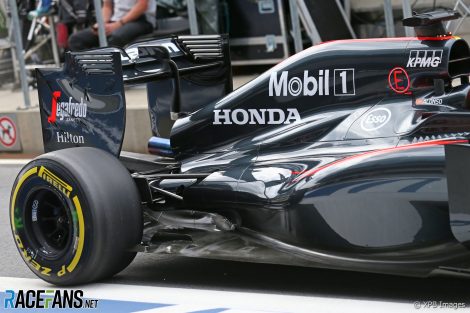The newly-announced Audi Formula 1 project is already underway, south-east of Germany in Bavaria, just down the road from the company’s headquarters. Making their F1 debut in 2026 as an engine supplier, the company has a huge challenge in front of them as they look to go up against teams like Mercedes and Ferrari: Vast F1 operations with massive experience and stacks of trophies.
Audi expect their project to be fully up and running by the end of 2022. The company is expanding its motorsport facility at Neuburg an der Donau, with test benches for F1 engine testing already set up and extra personnel pulled from their Formula E project, which they canned at the end of last year, to help. Yet the challenge is vast.
Recent history isn’t on their side, as the example of the last new manufacturer to enter F1 demonstrates. After Honda announced in 2013 they would return to Formula 1 for their fourth spell in the sport, the team struggled to deliver on its comeback just two years later. The Honda-powered McLarens sunk to ninth out of the 10 teams, retirements were common, and when the power unit ran its performance was so poor Fernando Alonso humiliated Honda management by calling it a “GP2 engine” on his radio. During their home race.
Honda arrived in the second year after significant changes had been made to the Formula 1 power unit regulations, with F1 cars now using sophisticated hybrid systems. The new power unit regulations were introduced a year before Honda returned to the sport. The existing manufacturers had already been refining their power units for several years and enjoyed a useful head-start over Honda, who only started developing theirs in 2013.
Compared to that, Audi will at least have the advantage that all teams will be starting from the beginning for 2026. But the existing manufactures will have the advantage of understanding how the current iterations of these unique engines work. That experience could prove crucial for the development of the new units, which are based on the same V6 turbo block.
In 2026, teams will face even more challenges regarding the power unit regulations. These include changes to elements such as the battery, which demands a completely reworked energy store produced using recycled material, which must be recyclable itself. The fuel mix will be radically different, meaning the V6 and the turbocharger will need a considerable amount of research and development. A…
Click Here to Read the Full Original Article at RaceFans…

